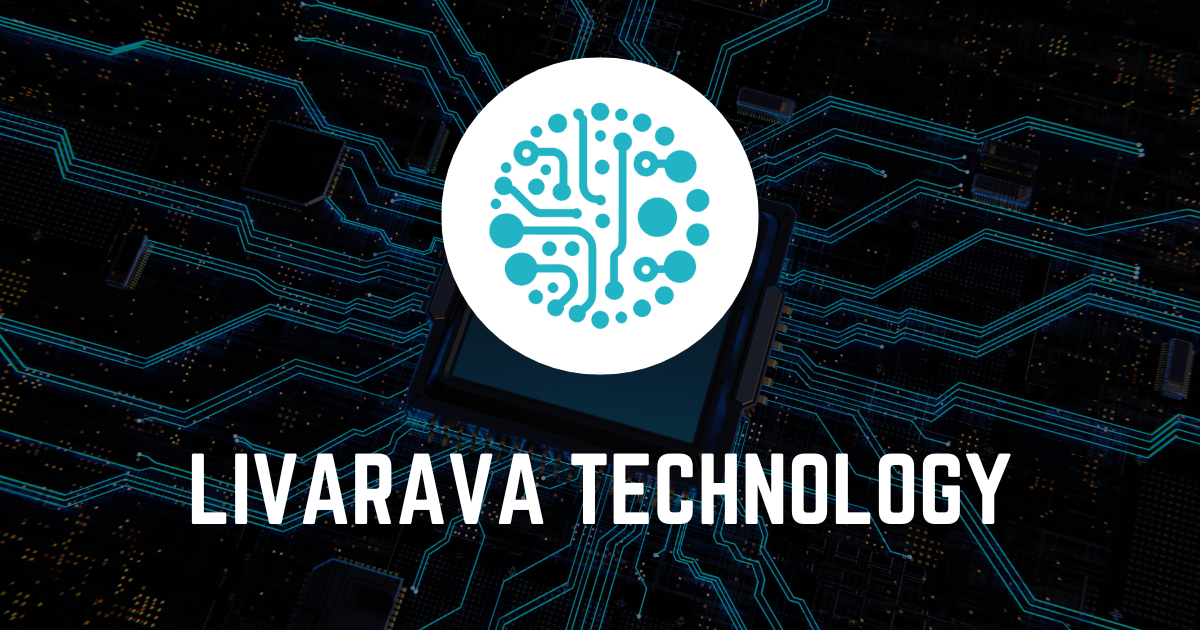Understanding Transformers and RNNs in NLP: A Detailed Comparison
Tuesday, 30 July 2024, 13:03

Introduction
This article delves into the comparison between Transformers and Recurrent Neural Networks (RNNs) in the realm of Natural Language Processing (NLP).
Transformers
- High Efficiency: Transformers process data in parallel, making them faster and more efficient than RNNs.
- Scalability: They can handle larger datasets due to their architecture.
- Context Understanding: Transformers utilize self-attention mechanisms to understand context better.
RNNs
- Sequential Processing: RNNs process data in sequence, which can slow down performance.
- Long-Term Dependencies: They struggle with maintaining information over longer sequences.
- Use Cases: Still effective for certain tasks like time-series prediction.
Conclusion
Both Transformers and RNNs have played significant roles in the field of NLP. However, the rise of Transformers has transformed the landscape, enabling more complex and scalable AI solutions.
This article was prepared using information from open sources in accordance with the principles of Ethical Policy. The editorial team is not responsible for absolute accuracy, as it relies on data from the sources referenced.